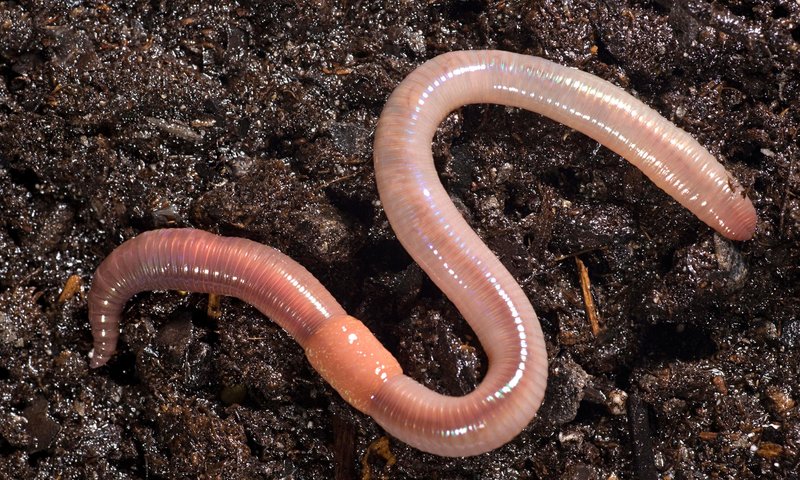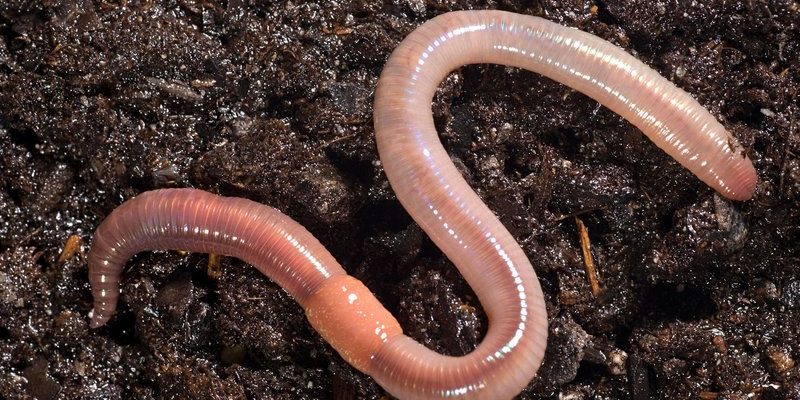
Imagine walking through a garden right after a rain. The soil looks rich and dark, feels crumbly, and smells fresh. This is partly thanks to earthworms, working tirelessly beneath the surface. They create tunnels that help air and water reach plant roots while also breaking down organic matter into nutrient-rich compost. This process not only promotes healthy plants but also prevents the soil from washing away during heavy rains. Let’s dive into how earthworms really make a difference in soil erosion prevention and learn why they deserve a little more love.
Understanding Soil Erosion
Soil erosion is a natural process, but it can be exacerbated by human activities. When soil is washed or blown away, it takes vital nutrients and can lead to decreased agricultural productivity. Imagine a farmer trying to grow crops on land that’s gone from rich to barren because of erosion.
There are multiple causes of soil erosion, including water runoff, wind, and human actions like deforestation and overgrazing. Each of these factors can strip away layers of topsoil, which is crucial for plant life. It’s like losing the skin on an apple—once it’s gone, the whole fruit is compromised. The good news? Earthworms can step in to help.
How Earthworms Help Combat Erosion
Earthworms create a network of burrows that help anchor the soil. These tunnels allow water to infiltrate rather than run off the surface, which can lead to erosion. When water is absorbed into the ground, it nourishes plants and replenishes groundwater supplies. So, those little wigglers are like tiny sponges, soaking up water and keeping the soil intact.
Moreover, as earthworms digest organic material, they produce waste known as castings, which enrich the soil. These castings are rich in nutrients and improve soil structure, making it more resistant to erosion. Healthy soil is less likely to be washed away, which is a win-win for both plants and the environment.
The Role of Earthworms in Soil Health
You might be wondering why earthworms are so effective at maintaining soil health. For starters, they play a key role in the nutrient cycle. As they move through the soil, they break down organic matter, which provides nutrients for plants. Without this process, soil could become depleted and less conducive to plant growth.
Earthworms also help with soil aeration. Their burrowing activity creates spaces in the soil, allowing air and water to circulate. This circulation is vital for root health. Just think about how much easier it is for a plant to grow in loose, crumbly soil compared to compacted dirt.
Additionally, earthworms contribute to **soil biodiversity**. Their presence encourages other beneficial organisms, like bacteria and fungi, creating a rich ecosystem that supports plant life. More biodiversity means a stronger, more resilient ecosystem that can better withstand erosion.
How to Encourage Earthworm Populations
Want to attract more earthworms to your garden or farm? Here are some easy tips:
- **Add Organic Matter**: Composting kitchen scraps and yard waste not only enriches the soil but also provides food for earthworms.
- **Reduce Soil Disturbance**: Limiting tilling helps maintain the earthworm habitat. Think of their burrows as homes—frequent disturbances can make them feel unwelcome.
- **Plant Cover Crops**: These crops can improve soil structure and provide food for earthworms. Something as simple as clover or rye can make a big difference.
- **Avoid Chemical Pesticides**: These chemicals can harm earthworm populations, so consider organic options. A little love for our wriggly friends goes a long way!
By taking these steps, you can create a friendly environment for earthworms and enhance your soil’s health.
What Happens When We Lose Earthworms?
The decline of earthworm populations can lead to several negative consequences. When earthworms are gone, soil can become compacted and less fertile. This can make it harder for plants to take root, which only accelerates erosion. It’s like removing all the support beams from a building—eventually, it all comes crashing down.
Without the natural aeration provided by earthworm burrows, soil can become waterlogged during rains. This not only leads to erosion but can also create puddles that drown plant roots. Fewer earthworms mean less organic matter is broken down, decreasing soil fertility, which ultimately affects the entire food chain.
Moreover, the absence of earthworms can reduce biodiversity in the soil. This may open the door for harmful pathogens and pests to thrive, further compromising soil health and plant growth.
The Connection Between Earthworms and Sustainable Practices
Incorporating earthworm-friendly practices can be a cornerstone of sustainable agriculture. By prioritizing the health of these organisms, farmers can improve soil quality, resulting in healthier crops and better yields. Here’s how farmers can benefit:
– **Improved Crop Yields**: Healthy soil translates to better crops. Fostering earthworm populations can lead to nutrient-rich produce that is more resilient to pests and diseases.
– **Cost-Effective Solutions**: Investing in organic practices, like composting and reduced tillage, can save farmers money on fertilizers and pesticides in the long run.
– **Environmental Benefits**: By preventing soil erosion with healthy earthworm populations, farmers contribute to better water quality, reduced runoff, and a healthier ecosystem overall.
Switching to practices that support earthworm health isn’t just good for farmers; it’s good for the planet.
Earthworms may be small, but their impact on soil health and erosion prevention is monumental. They help keep our soil rich and fertile while making it less susceptible to erosion. By understanding how these little creatures work and taking steps to support their populations, we can play a part in fostering healthier ecosystems.
So next time you see an earthworm wriggling in the dirt, remember—they’re not just a garden pest; they’re essential allies in the fight against soil erosion. Embracing sustainable practices that protect earthworms not only benefits the environment but also ensures a brighter future for our food systems. Let’s give a nod to these unsung heroes of the soil!

